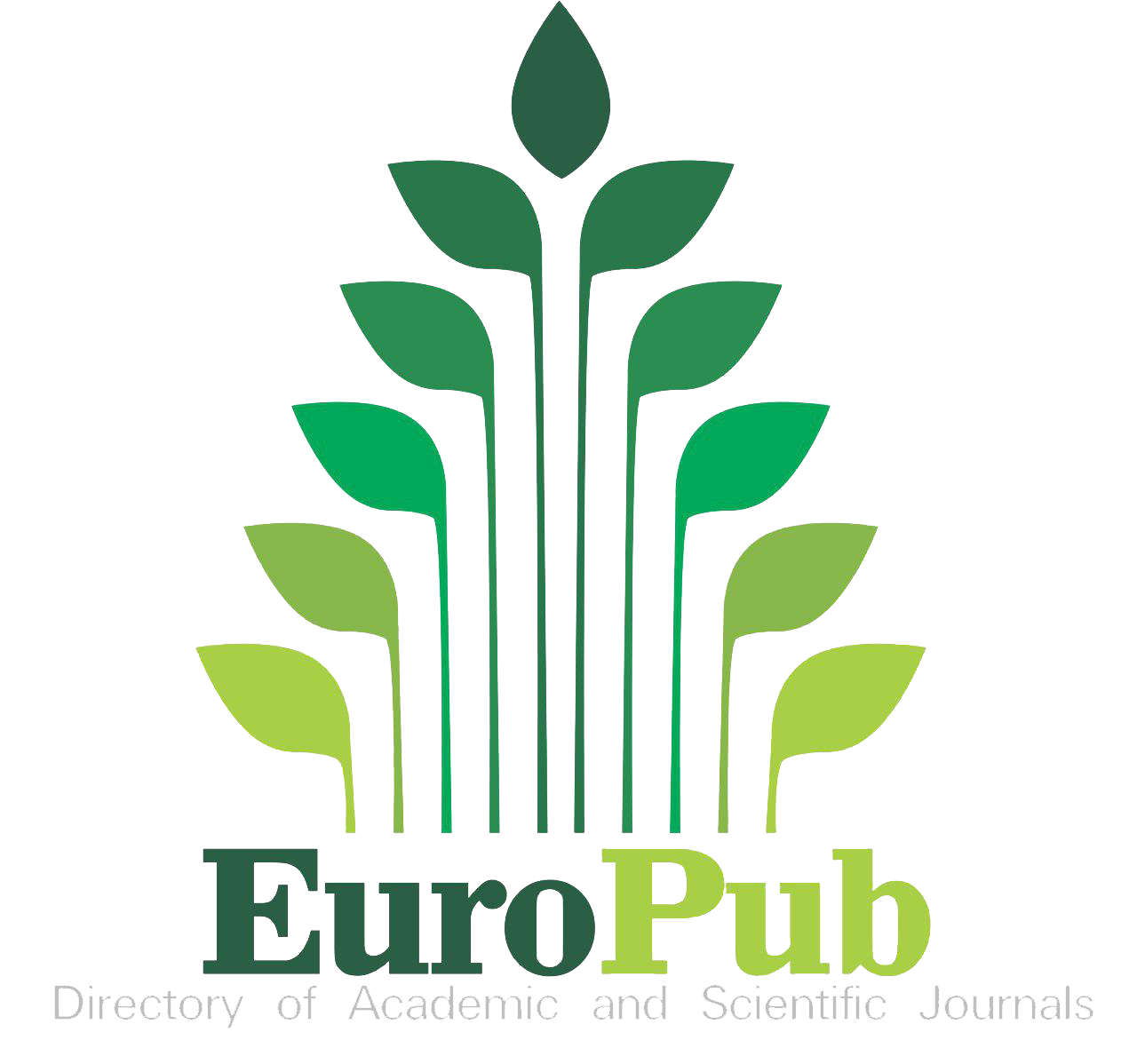Whole Body Antioxidant Status of Silver Carp Fingerlings Fed Diet Containing Various Dietary Organic Acids
DOI:
https://doi.org/10.54536/ajlsi.v2i1.1349Keywords:
Aquaculture, Silver Carp, Antioxidant Status, Citric Acid, Formic AcidAbstract
A 10-week feeding trial was conducted to evaluate the whole- body antioxidant status of silver carp fingerlings when fed with diets containing various organic acids. Five experimental diets were formulated, such as D1 containing no supplemented organic acids, while D2 contain (2%malic acid), D3 (2%citric acid), D4 (2% formic acid) and D5 (2% lactic acid). During the experiment, water quality parameters including temperature, pH and DO were controlled. Results showed that acidification of diet significantly reduced the activity of SOD, CAT and GPX throughout the body of silver carp fingerlings. Moreover, among different organic acid groups, the maximum value was observed in citric acid while, minimum value was recorded in formic acid. Data on whole -body antioxidant enzymes were subjected to one-way analysis of variance following Steel et al. (1996). Differences between among means were compared by Tukey`s Honestly Significant Difference Test and considered significant at (p<0.05) (Snedecor and Conhran, 1991).
Downloads
References
A. O. A. C. (1995). Association of Official Analytical Chemists, Official methods of analysis. 16th edition, AOAC, Arlington, VA. 1832
Atapattu, N. S. B. M., & Senevirathne, T. S. M. S. (2013). Effects of increasing levels of dietary cooked and uncooked banana meal on growth performance and carcass parameters of broiler chicken. Pak. Vet. J, 33(2), 179-182.
Baruah, K., Pal, A. K., Sahu, N. P., Jain, K. K., Mukherjee, S. C., & Debnath, D. (2005). Dietary protein level, microbial phytase, citric acid and their interactions on bone mineralization of Labeo rohita (Hamilton) juveniles. Aquaculture Research, 36(8), 803-812.
Baruah, K., Sahu, N. P., Pal, A. K., Debnath, D., Yengkokpam, S., & Mukherjee, S. C. (2007). Interactions of dietary microbial phytase, citric acid and crude protein level on mineral utilization by rohu, Labeo rohita (Hamilton), juveniles. Journal of the World Aquaculture Society, 38(2), 238-249.
Baruah, K., Sahu, N. P., Pal, A. K., Jain, K. K., Debnath, D., & Mukherjee, S. C. (2007). Dietary microbial phytase and citric acid synergistically enhances nutrient digestibility and growth performance of Labeo rohita (Hamilton) juveniles at sub-optimal protein level. Aquaculture Research, 38(2), 109-120.
Boling-Frankenbach, S. D., Snow, J. L., Parsons, C. M., & Baker, D. H. (2001). The effect of citric acid on the calcium and phosphorus requirements of chicks fed corn-soybean meal diets. Poultry science, 80(6), 783-788.
Chowdhury, R., Islam, K. M. S., Khan, M. J., Karim, M. R., Haque, M. N., Khatun, M., & Pesti, G. M. (2009). Effect of citric acid, avilamycin, and their combination on the performance, tibia ash, and immune status of broilers. Poultry science, 88(8), 1616-1622.
Civello, P. M., Martinez, G. A., Chaves, A. R., & Anon, M. C. (1995). Peroxidase from strawberry fruit (Fragaria ananassa Duch.) partial purification and determination of some properties. Journal of agricultural and food chemistry, 43(10), 2596-2601.
Papadoyianis, E. D. (2007). Insects offer a promising solution to the protein bottleneck. Feed Technology Update, 2(6), 158.
Fuller, R., & Fuller, R. (1992). History and development of probiotics. Probiotics: The scientific basis, 1-8.
GAFRD (2007). General Authority for Fish Resources Development Fishery statistic report. Egyptian Ministry of Aquaculture.
Giannopolitis, C. N., & Ries, S. K. (1977). Superoxide dismutases: II. Purification and quantitative relationship with water-soluble protein in seedlings. Plant physiology, 59(2), 315-318.
Góngora, C. M. (1998). Mecanismos de resistencia bacteriana ante la medicina actual. Barcenola: McGraw-Hill, 30.
Hossain, M. A., Pandey, A., & Satoh, S. (2007). Effects of organic acids on growth and phosphorus utilization in red sea bream Pagrus major. Fisheries science, 73, 1309-1317.
Jongbloed, A. W. (1987). Phosphorus in the feeding of pigs: Effect of diet on the absorption and retention of phosphorus by growing pigs. Wageningen University and Research.
Kim, D. H., & Austin, B. (2006). Innate immune responses in rainbow trout (Oncorhynchus mykiss, Walbaum) induced by probiotics. Fish & shellfish immunology, 21(5), 513-524.
Klaenhammer, T. R., & Kullen, M. J. (1999). Selection and design of probiotics. International journal of food microbiology, 50(1-2), 45-57.
Lückstädt, C. (2006). Use of organic acids as feed additives—sustainable aquaculture production the non-antibiotic way. Int Aquafeed, 9(2), 21-26.
Lückstädt, C. (2008). The use of acidifiers in fish nutrition. CABI Reviews, 8. https://doi.org/10.1079/PAVSNNR20083044
Ou, C., Shi, N., Pan, Q., Tian, D., Zeng, W., & He, C. (2013). Therapeutic efficacy of the combined extract of herbal medicine against Infectious Bursal Disease in chickens. Pakistan Veterinary Journal, 33(3).
Pandey, A., & Satoh, S. (2008). Effects of organic acids on growth and phosphorus utilization in rainbow trout Oncorhynchus mykiss. Fisheries science, 74, 867-874.
Phromkunthong, W., Nuntapong, N., & Gabaudan, J. (2010). Interaction of phytase RONOZYME? P (L) and citric acid on the utilization of phosphorus by common carp (Cyprinus carpio). Sonklanakarin Journal of Science and Technology, 32(6), 547.
Ravindran, V., & Kornegay, E. T. (1993). Acidification of weaner pig diets: a review. Journal of the Science of Food and Agriculture, 62(4), 313-322.
Sakata, T., Adachi, M., Hashida, M., Sato, N., & Kojima, T. (1995). Effect of n-butyric acid on epithelial cell proliferation of pig colonic mucosa in short-term culture. Deutsche Tierarztliche Wochenschrift, 102(4), 163-164.
Sarker, M. S. A., Satoh, S., & Kiron, V. (2007). Inclusion of citric acid and/or amino acid-chelated trace elements in alternate plant protein source diets affects growth and excretion of nitrogen and phosphorus in red sea bream Pagrus major. Aquaculture, 262(2-4), 436-443.
Sarker, M. S. A., Satoh, S., Kamata, K., Haga, Y., & Yamamoto, Y. (2012). Supplementation effect (s) of organic acids and/or lipid to plant protein based diets on juvenile yellowtail, Seriola quinqueradiata Temminck et Schlegel 1845, growth and, nitrogen and phosphorus excretion. Aquaculture Research, 43(4), 538-545.
Sing, K. W., Kamarudin, M. S., Wilson, J. J., & Sofian-Azirun, M. (2014). Evaluation of blowfly (Chrysomya megacephala) maggot meal as an effective, sustainable replacement for fishmeal in the diet of farmed juvenile red tilapia (Oreochromis sp.). Pakistan Veterinary Journal, 34(3).
Snedecor, G.W. And Conhran, W.G. (1991). Statistical methods. Iowa State Univ. Press, Ames, USA.
Steel, R. G. D., Torrie, J. H. & Dickey, D. A. (1996). Principles and Procedures of Statistics. 3rd ed. McGraw Hill International Book Co. Inc., New York. USA.
Sugiura, S. H., Dong, F. M., & Hardy, R. W. (1998). Effects of dietary supplements on the availability of minerals in fish meal; preliminary observations. Aquaculture, 160(3-4), 283-303.
Downloads
Published
How to Cite
Issue
Section
License
Copyright (c) 2023 Kanwal Razzaq, Tariq Dildar, Mudssar Aslam, Sana Arif

This work is licensed under a Creative Commons Attribution 4.0 International License.







